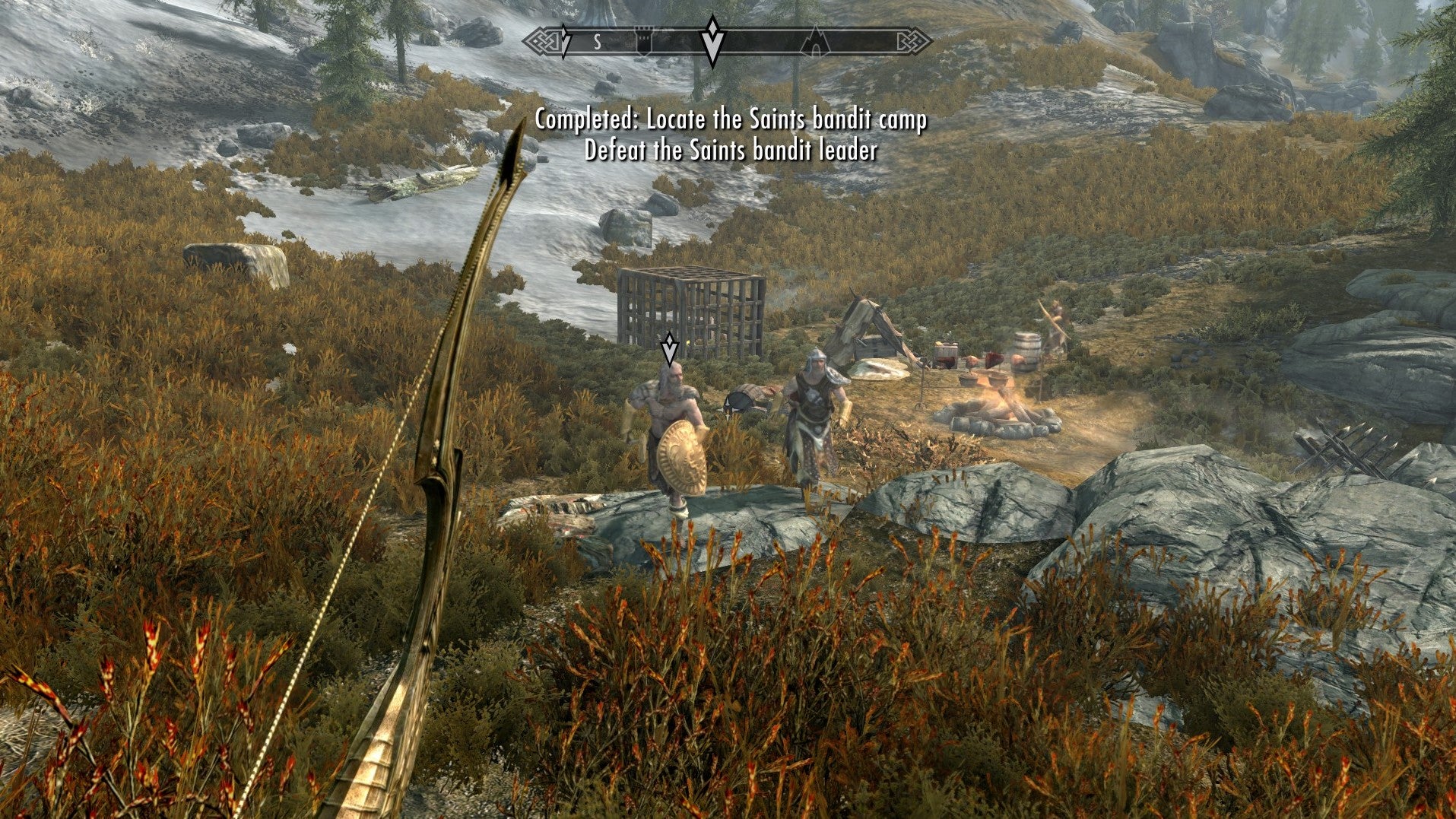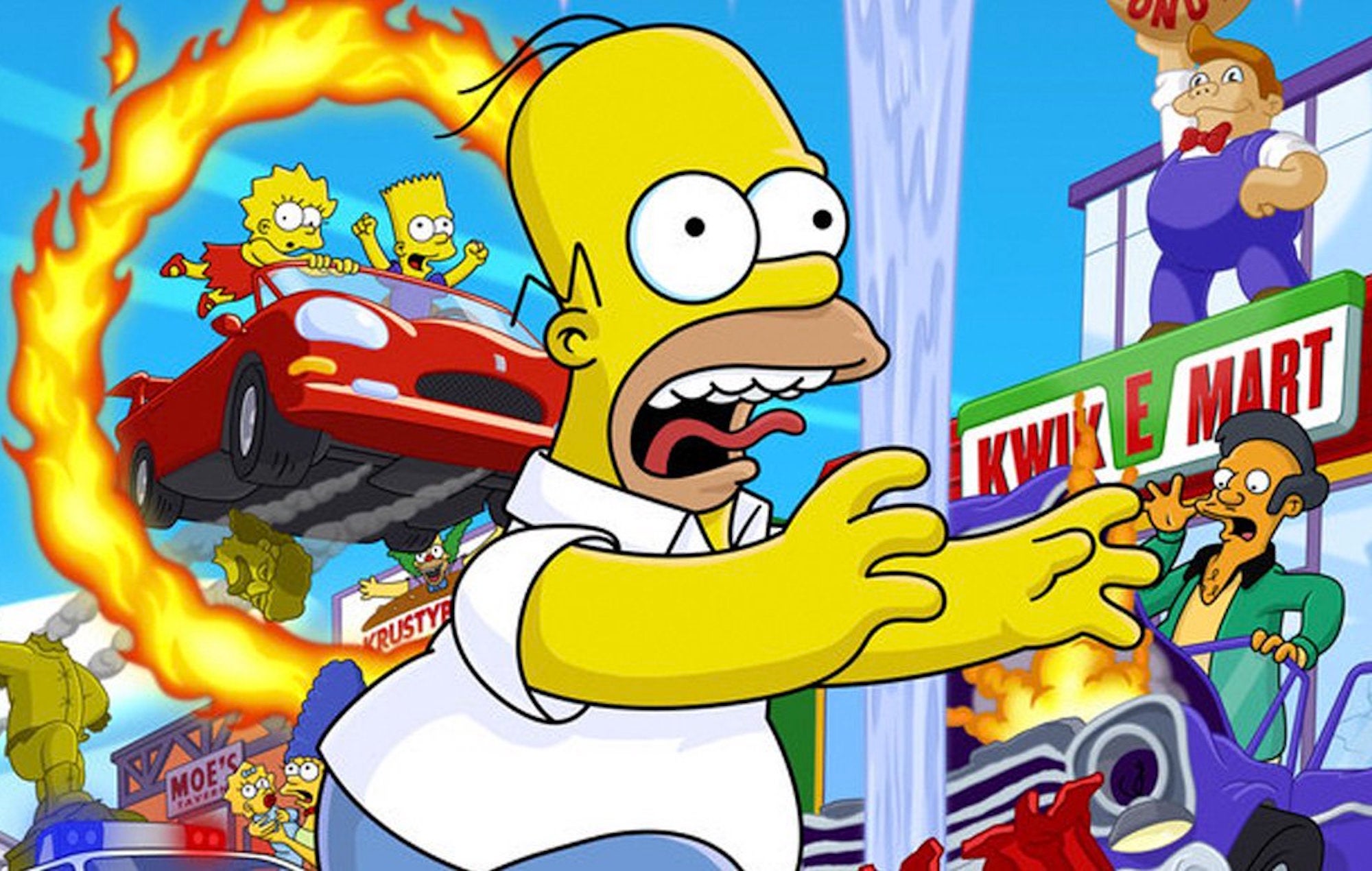Skyrim, of course, has enjoyed the most frequent and thorough refreshing, arriving in a souped-up form in the 2016 Special Edition, and more recently in its next-next-gen Anniversary Edition, which featured some light-touch remastering (60fps and better god rays or something) and even some “new” content (a crap fishing minigame and every semi-official mod on the Creation Club store unlocked). Along with a VR release for immersion-chasers and a Switch release for the constipated, you can safely say that Skyrim is everywhere. A fitting paradigm for the quintessential go anywhere, do anything game. Morrowind, along with dozens of other original Xbox titles, enjoys 2160p resolution and a slick framerate on the latest machines. PC players will scoff, as the homespun remastering options available to them through the modding community have turned the sprucing-up of Morrowind into a hobby in and of itself, with miles and miles of forum thread having been devoted to its pursuit. Still, it turns 20 next year, and the fact that you can put your original Xbox disc into the latest generation of hardware and expect it to work is a credit to Microsoft’s iterative backward compatibility program. That it works significantly better than on the original hardware is, frankly, miraculous. Similarly with Oblivion, which has an equally as healthy modding scene and an Xbox version with FPS Boost, 4K rendering, and Auto HDR. It’s an absolute dream to play, right now, on console, in 2021. One can scarcely believe that this is ostensibly the same version that launched on Xbox 360 back in 2006. They can’t fix the potato faces, but there are some sins that raw horsepower alone cannot solve. It scarcely matters: Cyrodiil’s people were always round of face, and no less compelling for it. Oblivion’s retro-futuristic stablemates, Fallout 3, New Vegas, Fallout 76, and Fallout 4, also benefit from the BC team’s wizardry. All four have FPS Boost enabled as of last month, and Fallout 3 keeps its dazzling 4K upgrade from the Xbox One X days. Through a combination of luck, future-friendly architecture, the dogged crowd-pleasing determination of Xbox’s BC team, and Skyrim’s seemingly unwavering popularity, you can play two decades worth of Elder Scrolls and Fallout on the Series S/X consoles, with modern enhancements that take advantage of today’s superior electronics. Whatever one thinks of Bethesda’s creative output, it’s impossible to deny its historical significance. Preserving these experiences on multiple generations of hardware is as much an act of cultural preservation as it is a money making exercise. But for countless titles that were never fated to enjoy optimum market conditions for their continuance, simply existing on digital storefronts is a pipe dream. Take, for instance, The Simpsons: Hit and Run. It’s arguably the best Simpsons game ever made, and one of the most peculiar entries in the now burgeoning pantheon of GTA clones; a madcap science-fiction/hammer horror epic in which you can carjack in downtown Springfield as mild-mannered Lisa Simpson. Through a deadly combination of rights issues and the endless march of technology, it’s no longer available to buy, and won’t run on modern hardware without some poking. A second hand Xbox or PS2 copy can go for anything up to £300 (although you’re much more likely to get it for around £25 if you’re not, y’know, a moron). The Xbox version runs nicely on 360, albeit with a lot of screen tearing. With the lightest of light touches it could sing on the new machines – its cartoony art style lends itself well to the increased rendering resolution afforded to all original Xbox games in the BC program. It already runs at an unlocked framerate. Alas, the copyright situation is an impossible knot to untangle, so it remains at the mercy of the currently very abused second hand market, and abandonware sites. Consider also the ongoing train-crash that is the GTA Trilogy Definitive Edition. Initially swaggering onto the scene with enough confidence to replace all previous versions of the games on storefronts, a position that Rockstar has thankfully backed down from, these troubled remasters represent something of a botched job. So botched, in fact, that you’d be forgiven for wishing they hadn’t bothered. The biggest barrier to playing GTA III, Vice City, and San Andreas for modern players was not visual or mechanical, it was the interface. The controls on console were hideous at the time, let alone now, after two decades of best practice and quasi-standardisation has made some form of the twin stick setup from COD the optimum scheme for most people. Running all the game’s assets through some weird smoothing process which makes Liberty City look like a Dreamworks Animation production and lacks the nuance to preserve crucial details like a character’s age or, uh, rude words in posters, seems like a horrid monkey’s paw deal in order to get modernised controls. But the piss-takingly named Definitive Edition is now what we’re stuck with. There are regular patches coming down the pipe which, in fairness, are fixing the most egregious issues, but it’s created a situation where three of the most important and celebrated video games of the medium’s entire existence are relegated to fixer-uppers. Works in progress. No better than a shitty MMO that fluffs its first impression and spends the next five years being marketed by people with cartoon dog avatars on twitter who insist that it’s Good Now and otherwise spend all of their time communicating in niche memes and references to impenetrable Discord dramas. A depressing fate for such towering works. There are numerous examples of classics and curiosities which have been lost to time for all but the most dedicated hardware hoarders and emulation connoisseurs. Your average punter doesn’t want to keep a rack of retro hardware on standby for when they fancy a shot of Outrun 2, nor do they have the patience for tinkering around with Raspberry Pi images. Or know what one is. Preserving the rich history of this incredible medium shouldn’t be left to hobbyists and websites of dubious legality. Official backwards compatibility efforts are an important part of the equation. Sony’s efforts to port PS2 classics to PS4, and the latter machine’s natural hardware compatibility with PS5, have maintained some intergenerational continuity albeit limited in scope. Even Nintendo’s N64 emulation on Switch is a welcome effort in principle, much maligned as it is. Phil Spencer’s hope that there may one day be an industry-wide programme of “legal emulation” sounds impossible to achieve, but its necessity becomes more and more clear with each passing generation. There are glimmers of hope that, just as you can now (in principle) play any DVD from 1998 in a UHD Bluray player from 2018, watch sitcoms from the 1970s on your smart TV, and read books from the regency period on your iPhone with confidence and ease, individual games may one day be unshackled from the hardware they were designed for. It’s much harder to achieve this for games than any other form of art (aside from the Sistine Chapel, perhaps, but it’s arguably easier to emulate a gigantic ceiling than the custom chips of an Amiga 1200) but we should strive to try, because we have so much to lose. Skyrim’s seemingly endless churn of reissues is not something to be resisted or mocked. For other mediums, it is the norm. Nobody balked at a 4K re-release of Lawrence of Arabia, The Beatles finally arriving on iTunes, or the complete works of Sherlock Holmes popping up in the Kindle app. That these things continue to exist as reflections of their time, and to be newly appreciated by generations decades removed, is something to cherish. Frankly, a future without The Simpsons: Hit and Run is just as horrifying to imagine as a world without the writings of Cicero. Both documents reflect a tumultuous age of which our understanding dwindles with every passing second. Little survives of the ancient world because thousands of years of entropy have robbed us of its treasures. After a mere half century of gaming, the powers that govern this industry have little excuse.


.jpg/BROK/resize/690%3E/format/jpg/quality/70/gta_trilogy_definitive_edition-(11).jpg)